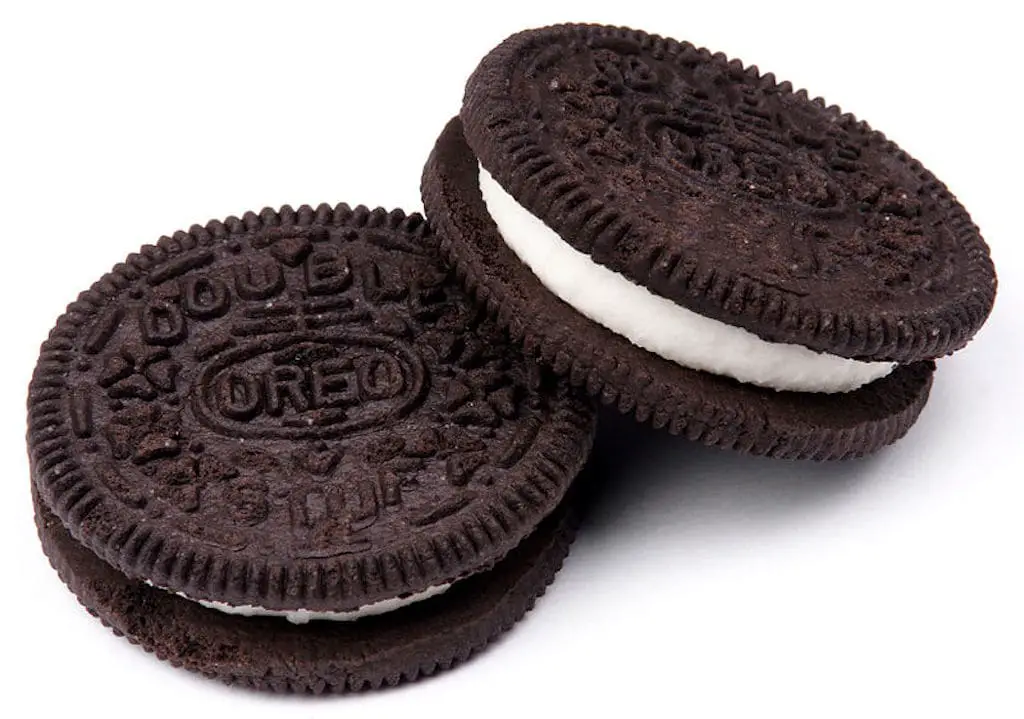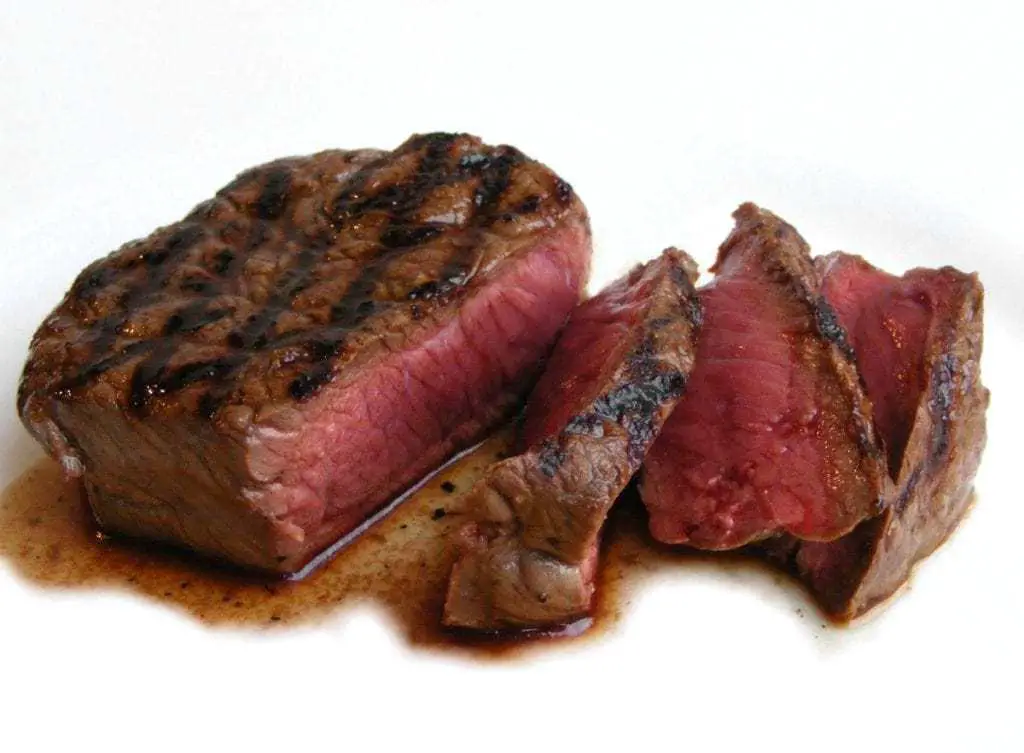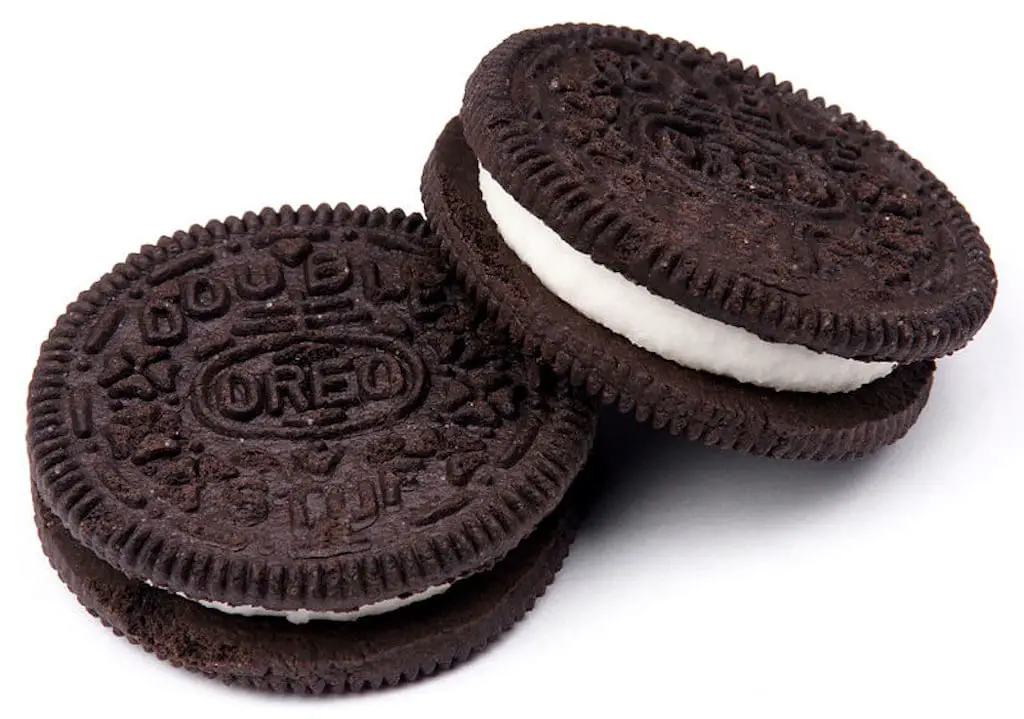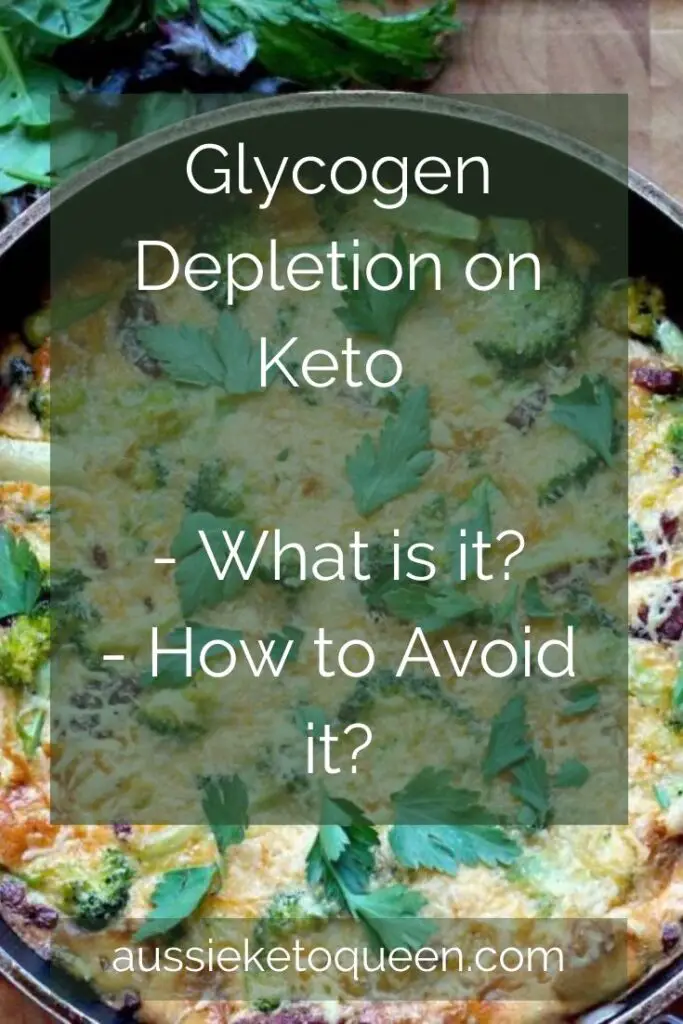
This article discusses Glycogen Depletion on Keto;
-
What is glycogen deplation on Keto?
-
What causes it?
-
What are the effects?
-
How do you avoid it?
-
What is the Targeted Keto approach and how does it help?
-
How can this approach help with high intensity exercise?
I messed up… I got heavily knocked out of Ketosis, and boy did I suffer for it! I learnt about Glycogen depletion on Keto the hard way.
After my short camping trip, I was exhausted and had a very bad cheat day.
I have been in ketosis over a year at this point now, and believe I am fully fat adapted. I no longer crave carbs, sugary things or anything bad.
My “cheat” food is a larger piece of steak or salmon with extra butter. What a life hey!

Things have been going so well, and then all of a sudden I get a bit tired and grumpy and resort to food – sugary carby food.
This was after my hiking trip, and after a lot of research I think perhaps my glycogen stores were depleted which made me reach for …. OREOS!
We don’t even usually have this sort of devil food in the house (or anything that bad really) but these came as a free sample with something else.
They’ve been staring at me for weeks, calling me to eat them.
Well, I devoured an entire packet. Within 15 minutes, I had a shocking head ache, my stomach started gurgling and I thought I was going to throw up.
The next morning I felt like I had the worst hangover ever. I had the shakes, I looked pale, and I was definitely out of ketosis.
The difference in how I felt was like a punch in the face, and it was a big wake up call. Keto is for me, away of life – not something you can jump in and out of.
It was time to learn what happened to me, and this lead me to learn about glycogen depletion on Keto.
The pain I felt for the next few days was NOT worth those Oreos and now, 5 days after the Oreo-binge, I am just starting to feel normal again. I went into ketosis again yesterday afternoon and felt so much better.

Glycogen Depletion on Keto
So, what should I have done to avoid this binge but recover after hiking on keto?
After digging deeper into the research and science, when you have exercised to exhaustion your MUSCLE glycogen can be depleted (ketosis is when your LIVER glycogen is depleted).
The tricky thing is, when we are eating a Keto diet, if we are doing intense exercise sometimes we need glycogen in our muscles to keep us going.
Here’s the thing: Being depleted of muscle glycogen when you are on Keto is a GOOD THING. This makes our body switch over to burning fat for fuel.
You can run a marathon fasted and in ketosis, but when you need that quick acting, high intensity energy, it looks like carbs are the way to go.
(Like science? Here’s a great study about glycogen and exercise)
What Does Glycogen Depletion on Keto Feel Like?
If you have ever felt that feeling when you are exercising, where you body just STOPS producing all energy, chances are that was glycogen depletion.
It’s also the same thing when you are fasting and go for a run or jog, or try to work out.
You feel weak, often your big muscles in your legs just refuse to do what you want, and you don’t have the strength or stamina that you usually do.
You might even feel a little dizzy if you are glycogen depleted on Keto.
When we are doing low intensity exercise this is no problem at all!
How to avoid glycogen depletion on Keto?
On my hiking trip, we were doing low intensity but a lot of exercise. After even further digging, I learnt that I should have just stuck with keto safe foods but had more of them!
I worked out (thanks to my trusty Fitbit) that I was burning 3000 – 3500 calories a day while hiking, possibly more because I had a 15kg pack on, but only eating about 1500 – 2000 so I just wasn’t consuming enough fuel.
In other examples though, you actually need that burst of glucose to give you the fast acting energy.
I have been getting into some high intensity exercise through CrossFit recently.
Usually you have a strength session where you build technique and weight, and then a fast paced, high intensity work out for around 10 – 20 minutes at the end followed by a cool down.
I could do the strength work absolutely fine, but the minute I got into the high intensity stuff, I felt like I was going to collapse (and nearly did a few times!)
The coaches were great though – not your typical “just eat carbs” gym bros but instead supportive and wanting me to stick with the Keto diet that had given me great success.
So, they suggested a “targeted keto” approach to managing Glycogen Depletion on Keto.
Lesson learnt – eat more, but eat well and target your carbs wisely! Read below to learn how I manage a Targeted Keto diet.

Targeted Keto to Avoid Glycogen Depletion on Keto
This was the answer to my problems!
For targeted Keto, I match my carb levels to what I am doing.
For example;
- Eat Keto 95% of the time
- 30 – 40 minutes before exercise, I have something carby like a banana, muesli bar or in desperate circumstances, a small handful of jelly beans
- I POWER through my workouts and feel full of energy
- I have a low carb protein shake immediately afterwards, usually with another 1/2 a banana in it
Using this approach, I haven’t felt the extreme fatigue of gylcogen depletion since AND I have stayed in ketosis.
Obviously I am knocked out for the short period between pre-workout banana and for a little bit after my workout, but I am able to build strength and stamina as a result.
My weight has continued to reduce (after doing this for 5 months, only positive affects!)
The other benefit is that I am building more muscle than ever because I can lift heavier weights with the added energy from the carbs – and you continue to burn more calories after a workout the more muscle you have.
On top of that, I am getting fitter, healthier and have more energy than ever before.
So, if you are suffering at the gym or feel weak or lightheaded with intense exercise, I suggest you consider a Targeted Keto approach to help manage glycogen depletion on keto.
Here’s a helpful article that talks more about Glycogen Depletion.







Ralph
Saturday 19th of March 2022
Basically, when fasting the body releases about 13% of its energy as carb, from the triglyceride backbones. Eat about 75g carb to prevent glycogen exhaustion. Avoid eating much else if you aim to maximise fat burning, eating only to avoid deficiencies.
3 Quick Tips to Get into Ketosis FAST | The Aussie Keto Queen
Monday 23rd of July 2018
[…] you read my last post ( Glycogen depletion, exhaustion and knocked out of ketosis HARD!), you’ll know about my little indiscretion… I was desperately looking for a way to get back […]
Keto354days
Monday 17th of April 2017
This is a great post! I've had the same symptoms when I've had a cheat day. Terrible migraines the next day filled with nausea, faint like symptoms, tremors and shakes and terrible stomach cramps. It's made me realise that going off keto for even just one meal is not worth it. It's a terrible feeling! I've been on keto since Oct 2016 and I've had 3 cheat meals all which gave me the same feeling. In fact the longer I'm on keto the worse it gets. For me too Keto is a way of life and I don't want to go back to eating non Keto. It makes me realise that I probably felt like this all the time before keto. Great blog and I follow you on IG too. Keep up the great work! :)
[email protected]
Monday 17th of April 2017
Thanks for your comment and feedback! It really isn't worth it anymore, as you said once you've been on keto for a while, the feeling of being knocked out is more like being hit by a train. You suffer for days and those oreos/nachos/other carb loaded meal is a distant memory. Thanks for the follow x